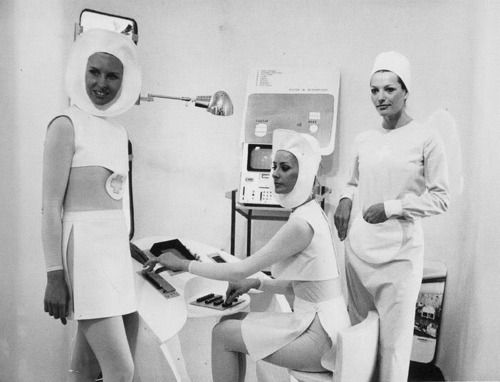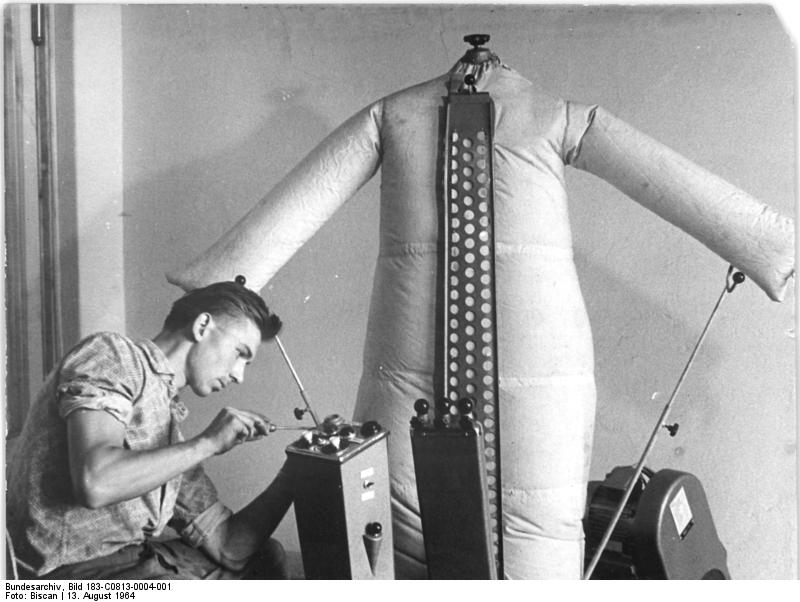In an h+ opinion piece, futurist Harry J. Bentham says many true things about synthetic biology, a sector of science that could go a long way toward creating resource abundance and medical miracles.
That said, I have two disagreements with him:
- Bentham’s contention that businesspeople are hampering synthbio’s development due to greed, instead focusing on manufacturing trifling products to make a quick buck, seems off the mark. Let’s face it: Plenty of people have no affinity or talent for this type of work. But more than at any time in history, many major American technological companies aren’t driven mainly by profits but also by impact. In fact, “changing the world” is the new coin of the realm. I doubt in a different age that Google would be trying to create a purely private Bell Labs (which was essentially a government-sponsored monopoly) as it is with Google X, with many projects aimed at helping health and environment. Other such companies are sponsoring R&D in similar ventures, also hoping for breakthroughs. Whether they’ll be successful in landing these moonshots is another matter, but they are trying.
- While synthetic bio holds great promise and will likely be necessary at some point for the survival of humans, saying it has “no adequate risk” if it’s utilized isn’t accurate.
From Bentham:
Although discovery and invention continue to stun us all on an almost daily basis, such things do not happen as quickly or in as utilitarian a way as they should. And this lack of progress is deliberate. As the agenda is driven by businessmen who adhere to the times they live in, driven more by the desire for wealth and status than helping mankind, the goal of endless profit directly blocks the path to abolish scarcity, illness and death.
Today, J. Craig Venter’s great discoveries of how to sequence or synthesize entire genomes of living biological specimens in the field of synthetic biology (synthbio) represent a greater power than the hydrogen bomb. It is a power we must embrace. In my opinion, these discoveries are certainly more capable of transforming civilization and the globe for the better. In Life at the Speed of Light (2013), that is essentially Venter’s own thesis.
And contrary to science fiction films, the only threat from biotech is that humans will not adequately and quickly use it. Business leaders are far more interested in profiting from people’s desire for petty products, entertainment and glamour than curing cancer or creating unlimited resources to feed civilization. But who can blame them? It is far too risky for someone in their position to commit to philanthropy than to stay a step ahead of their competitors.•








